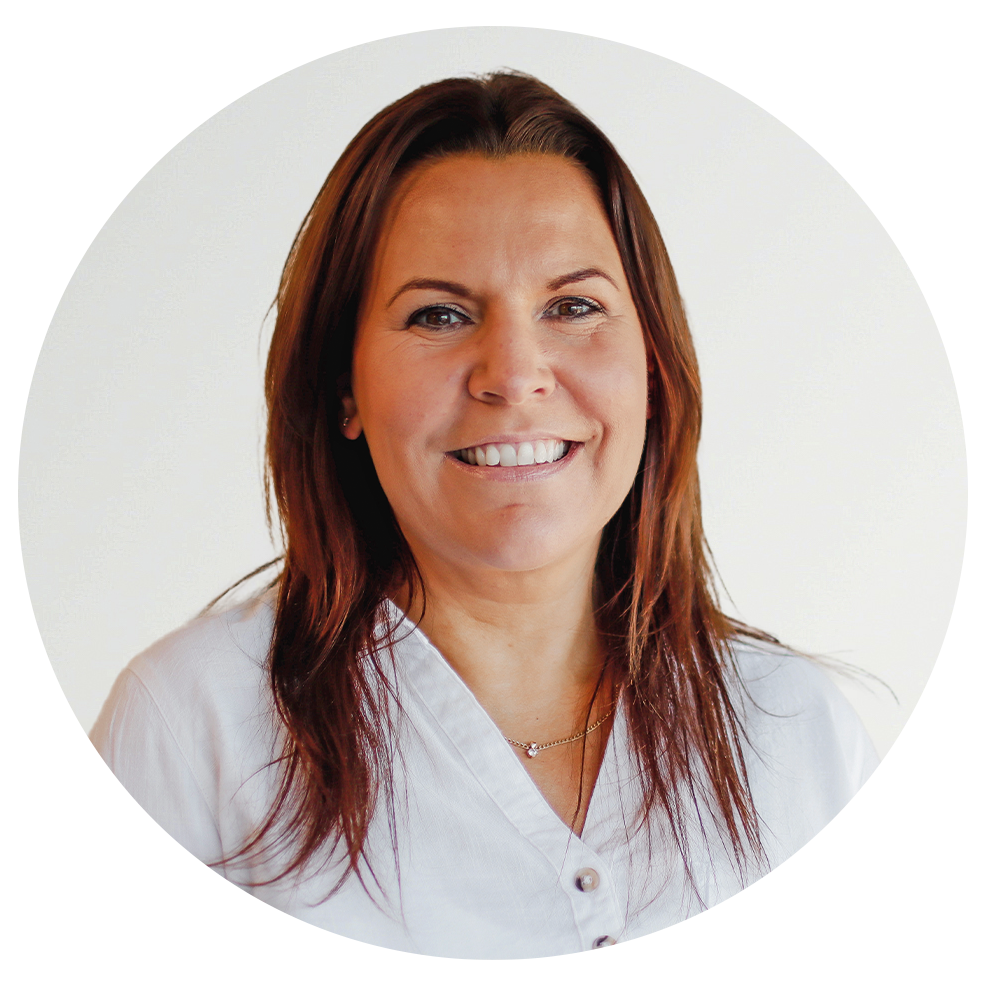End of life care - what do I need to know?
Identifying when patients are in their last year of life can be challenging. The same can be said for recognising dying. This webinar explores what is available to help us help the people we care for to better plan for the end of their life, and when the time comes to die well. Attendees will learn about the myths associated with palliative and end of life care, and have the opportunity to ask questions towards the end of the session.
Learning Outcomes
- Understanding the language and meaning of palliative and end of life care
- Recognising dying
- What support is available to palliative and end of life patients
Meet our Experts

Sarah has always had a keen interest in Tissue Viability since becoming a registered nurse in 2002. Her experience varies from within a community setting, where she completed her Tissue Viability based degree in 2007. She then worked within the private sector to gain additional advanced wound care skills whilst working with a medical devices company specialised in wound healing. In 2010, Sarah became a Tissue Viability Nurse and shaped a specialised service within the acute sector for 7 years before returning to the community setting as a TVN.
.png)
Since qualifying in 1990, Sarah has worked as a Registered General Nurse specialising in Palliative and End of Life Care, spanning over 30 years. She currently is the Professional Lead for Specialist Palliative and End of Life Care for Hertfordshire Community NHS Trust and has a passion for improving the end of life experience for all involved.
People who watched this also watched...
Stress less and start self care, stop burnout
This webinar will help you to become more aware about stress and burnout, being able to identify it in yourself and close friends and family and make positive changes.
MND: The essential contribution of Occupational Therapists
This three-part webinar discusses Motor Neurone Disease and how Occupational Therapists can make all the difference to people living with MND and their families.
Posture management in sitting
This webinar gives invaluable insights on the goals and principles of posture management together with the practical skills to successfully carry out a postural assessment.


